Basic Things You Need to Know about CNC machining
What is CNC Machining?
CNC machining is a digital manufacturing process where a block of solid raw material is cut into a certain shape or structure through the cutting tools of a computerized machine. The computer program will make the servo motors to move in different directions and locate the cutting tools at the accurate position.
The Processes of CNC Machining
Step 1 : Industrial designer or mechanical engineer make the CAD 2D drawing and the 3D model of the part or product
Step 2 : CNC machinist check the 2D drawings and 3D drawings, design and make some clipping tools when needed, and then program the CNC machine
Step 3 : CNC machine starts to process and create the parts or products
Two Basic Concepts about Machining-- Milling and Turning
Milling is the most common form of machining, a material removal process, which can create a variety of features on a part by cutting away the unwanted material. The milling process requires a milling machine, workpiece, fixture, and cutter. The workpiece is a piece of pre-shaped material that is secured to the fixture, which itself is attached to a platform inside the milling machine. The cutter is a cutting tool with sharp teeth that is also secured in the milling machine and rotates at high speeds. By feeding the workpiece into the rotating cutter, material is cut away from this workpiece in the form of small chips to create the desired shape.
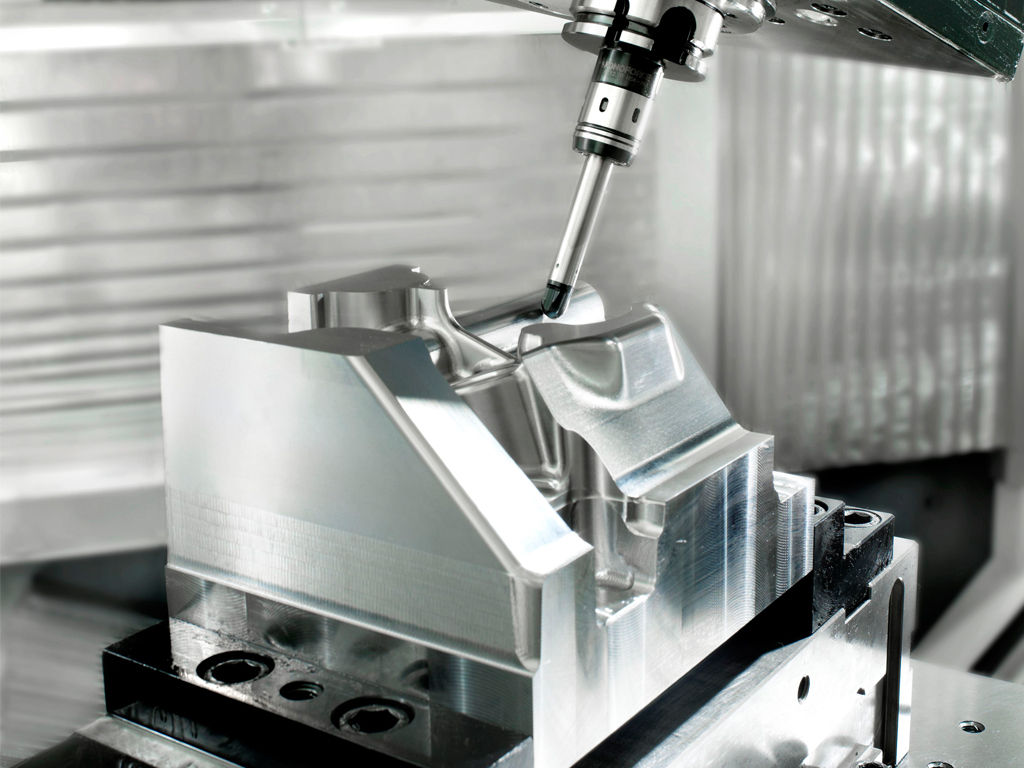
Turning is a form of machining, a material removal process, which is used to create rotational parts by cutting away unwanted material. The turning process requires a turning machine or lathe, workpiece, fixture, and cutting tool. The workpiece is a piece of pre-shaped material that is secured to the fixture, which itself is attached to the turning machine, and allowed to rotate at high speeds. The cutter is typically a single-point cutting tool that is also secured in the machine, although some operations make use of multi-point tools. The cutting tool feeds into the rotating workpiece and cuts away material in the form of small chips to create the desired shape.
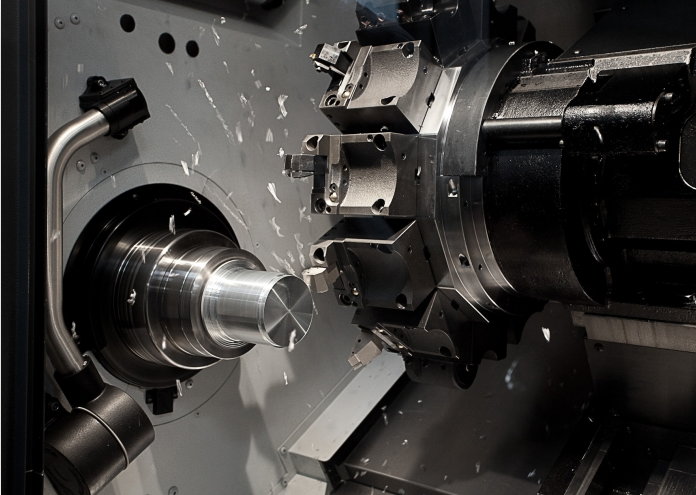
Advantages of CNC machining
The main advantages of CNC machining are as follows:
-
Achieve excellent accuracy on the machined parts
The top CNC machine could achieve accuracy up to 0.002mm. This accuracy will be hard to be achieved either by today’s 3D technology or molding technology.
-
Deal with almost all kinds of solid materials
Unlike 3D printing or molding, CNC machining has less limits. Besides the common and uncommon plastic and metal parts, CNC machining can also process wood materials.
-
Cost-effective for medium volume of production
When you have 100~1000 pieces parts or products to be made, CNC machining can be a relatively cost-competitive solution.
Limitations of CNC machining
The limitations of CNC machining are as follows:
-
High setting-up fee
Because machinist will need to prepare the machining program as well as the clipping tools, there will be higher setting-up fee.
-
High cost for high accuracy
This is another significant limitation of CNC machining. The price will go up high extremely when you require high accuracy. This is because more advanced machine will be used and more machining adjustment work needs to be done by professional machinist.
-
Limitations for geometric complexity
CNC machining is not an almighty manufacturing technology. For some complicated structure, such as internal cavity and deep holes. You will see more examples on the paragraphs below.
DFM Analysis for CNC Machining
If you have read through the above information, you will understand that CNC machining is not an almighty manufacturing technology. It has its own limitations. Therefore, as an industrial designer or mechanical engineer, you should know the following constraints of CNC machining and try to avoid these unmanufacturable designs.
Generally speaking, when the aperture’s diameter is less than 1 mm, CNC machining is not a suitable option. EDM can be a better choice for hole with diameter of 0.8mm or 0.4mm, etc. Laser drilling can make even smaller holes, but only for shallow holes because the laser beam is in conical shape. If the ratio of the hole length to its diameter is more than 5, we can call this hole a deep hole. These holes are the designs that engineers should try to avoid.
Because the cutting tools are more like a cylinder, it will be impossible for a CNC machine to produce sharp internal edges below. For sharp internal edges, EDM or electric sparking method will be adopted. Therefore, a radius should be added to the internal corner. The smaller the radius is, the higher will your manufacturing cost be. Small radius means either the machinist will use thinner cutting tools or utilize other manufacturing technology.
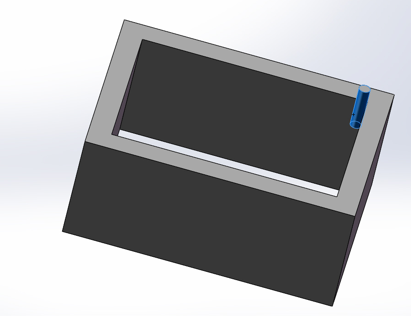
Problems will happen for machining a part with a wall less than 0.8mm thick. During the machining process, the product will bear strong force from the cutting tool and the clipping tools, so if the wall thickness is too thin, the product will be either deformed or broken. So never design wall that’s too thin for CNC machining.
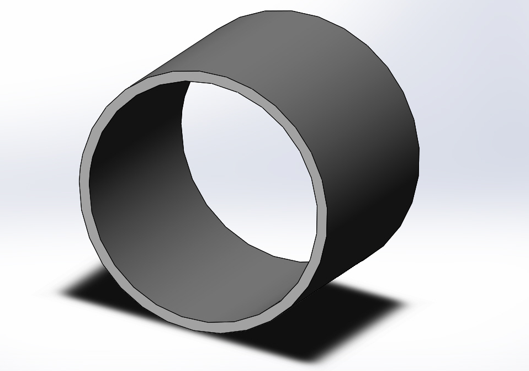
Internal cavity is a way of saving material cost. This is possible for molding technology but not for CNC machining. The cutting tools cannot go inside the materials, letting alone making an internal cavity.
Undercuts are features that cannot be machined by a standard cutting tool, no matter how the workpiece is rotated. Machinist needs to use a T-shape or special cutting tool to process these undercuts. However, when the structure prevented the cutting tool from going inside, these undercuts will be unmanufacturable.
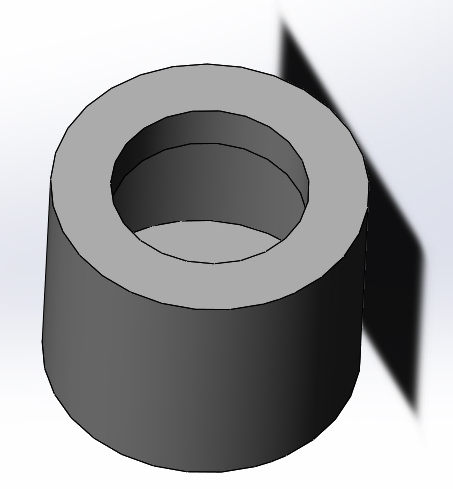
Why Choose Zemaker’s CNC Machining Services
High Accuracy : Customers on Zemaker could get access to CNC machining service up to 0.002mm precision provided by Foxconn without a MOQ
Free DFM Feedbacks: Engineers of Zemaker will do the DFM analysis and let customers know DFM feedback ahead of orders
Save you cost :Cost-competitive printing service with guaranteed quality
Save you time : Instant online quoting and order system
More Options :Wide range of materials and post-processing choices
1-to-1 Customer Service :Reliable technical guidance and better communication
